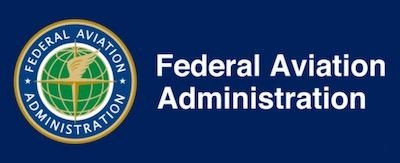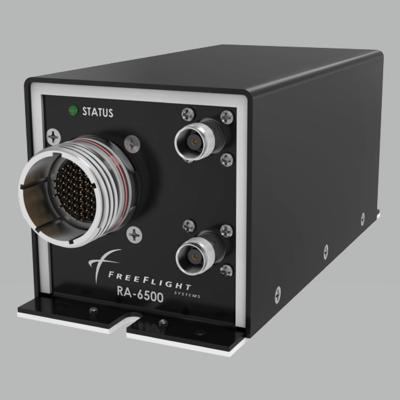Fri, Nov 05, 2021
FAA Warning Heeded, Further Testing Warranted
In a surprising turn, Telecom giants AT&T and Verizon have agreed to temporarily pause the rollout of new 5G service, which was set to activate in limited markets on December 5. AT&T has delayed its start to January 5, after receiving a request from the DOT.

Verizon has done a similar pause, but only for the higher frequency ranges in question. Its mid-range frequency bands will go live as planned, since they lack overlap with the aviation frequency range in question.
The move gives a measure of breathing room to an industry figuratively backed against the wall, after multiple warnings from stakeholders of the theoretical negative effects of 5G networks on aeronautical navigation equipment were downplayed and assumed to be overblown by some. The contention lies in the small overlap in frequency use by the newer, higher-speed cellular networks and radar or radio altimeters in use. The similarity in the licensed frequencies, though separate in theory, has led to conjecture that fringe cases, errors, and other non-standard occurrences could produce false and anomalous indications in aircraft indicators.

In the worst-case scenario, an aircraft in poor visibility relying primarily on their radio altimeter could rely on incorrect information about their proximity to ground, which could lead to very deadly outcomes.
The FAA released a Special Airworthiness Bulletin requesting more testing, specifications, and information about radar altimeters and equipped aircraft, with special guidance for operators and pilots. Telecom industry specialists have maintained that no evidence of interference exists between C-band spectrum and flight equipment, but the FAA takes a different tack. It has been a good example of the difference in aviation's approach to safety, and the FAA's culture of wariness towards new developments.
The adage about regulations being written in blood has sunk deep in the minds of FAA personnel, owing to a level of responsibility that is likely downright alien to those in the internet connectivity game. The FAA has been playing it safe, hoping to prevent even an infinitesimally small chance of damage.
More News
He Attempted To Restart The Engine Three Times. On The Third Restart Attempt, He Noticed That Flames Were Coming Out From The Right Wing Near The Fuel Cap Analysis: The pilot repor>[...]
Make Sure You NEVER Miss A New Story From Aero-News Network Do you ever feel like you never see posts from a certain person or page on Facebook or Instagram? Here’s how you c>[...]
From 2009 (YouTube Edition): Leading Air Show Performers Give Their Best Advice for Newcomers On December 6th through December 9th, the Paris Las Vegas Hotel hosted over 1,500 air >[...]
Aero Linx: NASA ASRS ASRS captures confidential reports, analyzes the resulting aviation safety data, and disseminates vital information to the aviation community. The ASRS is an i>[...]
“For our inaugural Pylon Racing Seminar in Roswell, we were thrilled to certify 60 pilots across our six closed-course pylon race classes. Not only did this year’s PRS >[...]
 NTSB Final Report: Rutan Long-EZ
NTSB Final Report: Rutan Long-EZ ANN FAQ: Turn On Post Notifications
ANN FAQ: Turn On Post Notifications Classic Aero-TV: ICAS Perspectives - Advice for New Air Show Performers
Classic Aero-TV: ICAS Perspectives - Advice for New Air Show Performers ANN's Daily Aero-Linx (06.28.25)
ANN's Daily Aero-Linx (06.28.25) Aero-News: Quote of the Day (06.28.25)
Aero-News: Quote of the Day (06.28.25)




